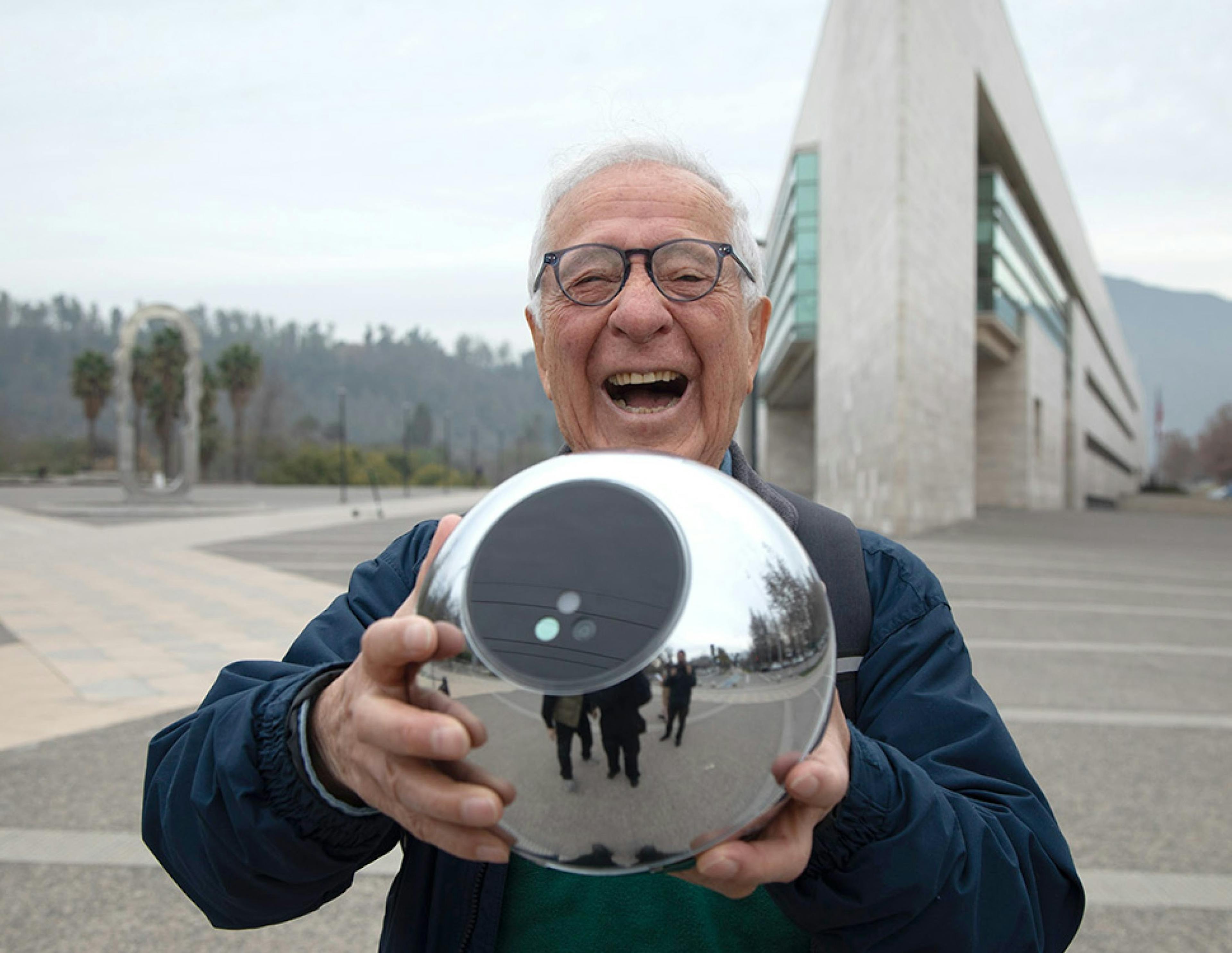
Proof of human, also known as proof of personhood, is a process aimed at verifying that a digital action or account belongs to a real, unique, living human rather than a bot, AI or automated system.
Just three years ago, such an idea seemed unnecessary. Public sentiment is rapidly changing, however. According to Stanford University HAI’s 2024 Artificial Intelligence Index Report:
- Between 2022 and 2023, people expressing nervousness about AI products and services became a majority for the first time, rising from 39% to 52%
- Between 2022 and 2023, Americans who reported feeling more concerned than excited about AI became a majority for the first time, rising from 38% to 52%
- Over the last year, the number of people who think AI will dramatically affect their lives in the near future (3-5 years) increased to 66%
This notable shift in public sentiment is happening in parallel with rapid advancements in artificial intelligence. 2025 is predicted to be a turning point for AI, with experts suggesting that alternative general intelligence (AGI), or the point at which AI exhibits reason, learning and adaptability on par with humans, is closer to two vs. ten years away.
Proof of human: The essential counterpart to AI
As AI progresses, humans are losing the ability to differentiate between bots and other humans online.
Such a scenario was first imagined by mathematician Alan Turing in 1950. His “Turing test” was proposed as a way to measure a machine's ability to exhibit intelligent behavior indistinguishable from that of a human—a test that was passed for the first time by GPT-4 earlier this year.
Humans need a counterpart to advanced AI, one that allows them to know who is or what has been created by a verified human online. That’s where proof of human solutions like World ID come in.
An Orb-verified World ID helps anonymously ensure World Network members are real and unique humans. This includes cutting edge cryptography and personal custody features to ensure their data is always private, secure and only controlled by the individual.
In surveys conducted around the world, people overwhelmingly support the use of technology to help differentiate between bots and humans online.
- 91% of 1,100 people surveyed in South Korea said they agree that proof of human technology is necessary.
- 84% of 800 people surveyed in Peru said they believe mechanisms that differentiate machines from humans are “essential” for the future.
- 82% of 21,000 World ID holders surveyed in Spain agreed that technologies such as World ID are important for distinguishing between humans and bots online.
This support may be a strong contributing factor to World Network’s rapid adoption in 2024. By December, the network topped 20 million total participants (including over 9.5 million verified humans) across every continent except Antarctica and was adding as many as 800,000 new World App users and 355,000 new verified World ID holders per week.
That comes out to about one new person joining World Network every 0.75 seconds, including over 8 million monthly active World App users.
The 3 key challenges proof of human will help solve in 2025
Proof of human technologies like World ID will help solve these challenges, and likely many others, beginning in 2025.
1. Increasing trust online as bots proliferate
Realistic, AI-powered bots aren’t necessarily bad, but they can be (and already are) used for everything from spreading misinformation to phishing and deep fakes. These challenges will only continue to grow.
By knowing what is a human, or being able to limit accounts and actions based on verified proof of human, it will be easier to not only build more trustworthy digital communities, but to develop services like online voting that are much more difficult to sabotage.
2. Helping prevent online fraud and cyber crime
Cyber crime powered by AI is becoming more frequent, more complex and more costly, and there’s every reason to believe that this trend will continue as AI becomes even more capable of mimicking human behavior.
Proof of human technologies like World ID already provide a helpful “humanness” layer to digital interaction, but they don’t stop there. They can also be paired with other existing technologies like Face Auth to develop high powered tools like Deep Face to protect against deep fakes and other fraud vectors.
3. Providing the foundation for safe, secure and decentralized digital identity
From Europe to Asia, many governments are moving towards stricter KYC (know your customer) and other forms of digital identity verification, in part due to concerns over disinformation and threats to security.
World ID provides an anonymous and decentralized “humanness” layer on top of which digital identity can be established. World is currently working on such initiatives in countries such as Malaysia. What’s more, with the addition of Credentials to World ID, people can now add things like a government issued, NFC-enabled passport to their World ID to prove more things about themselves (nationality, age, etc.) while keeping other personal information private thanks to the World ID protocol.
Disclaimer
The above content speaks only as of the date indicated. Further, it is subject to risks, uncertainties and assumptions, and so may be incorrect and may change without notice. A full disclaimer can be found in our Terms of Use and Important User Information can be found on our Risks page.